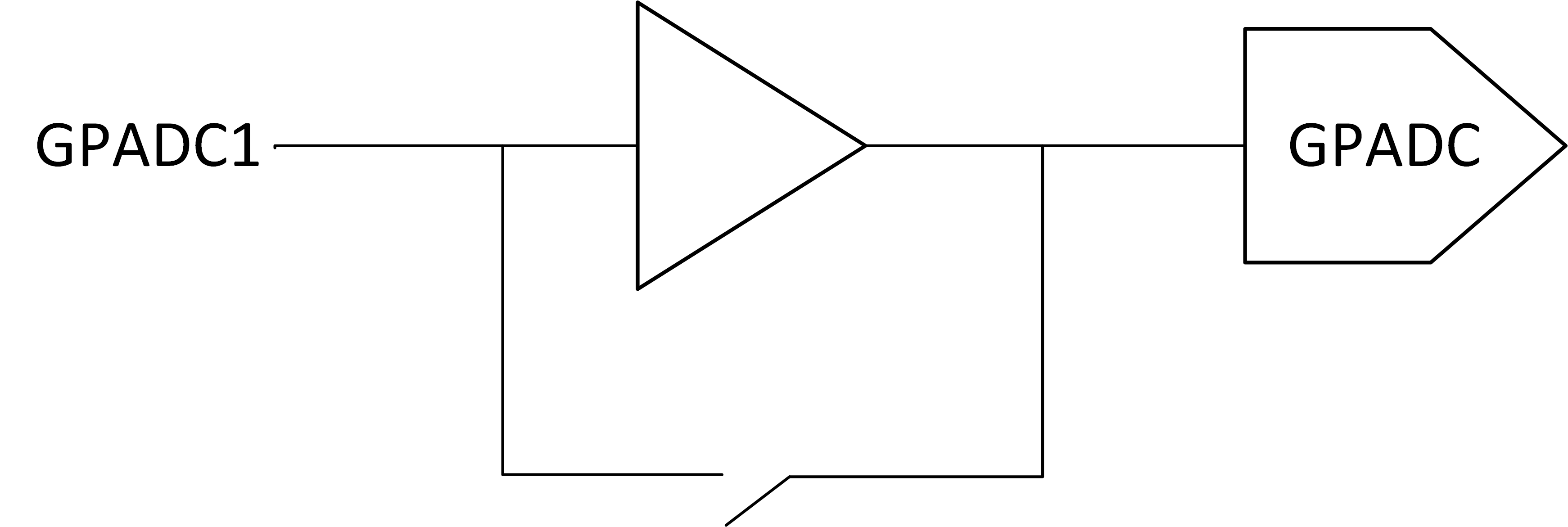SWRS323 November 2023 – April 2024 IWRL6432AOP
ADVANCE INFORMATION
- 1
- 1 Features
- 2 Applications
- 3 Description
- 4 Functional Block Diagram
- 5 Device Comparison
- 6 Terminal Configurations and Functions
-
7 Specifications
- 7.1 Absolute Maximum Ratings
- 7.2 ESD Ratings
- 7.3 Power-On Hours (POH)
- 7.4 Recommended Operating Conditions
- 7.5 VPP Specifications for One-Time Programmable (OTP) eFuses
- 7.6
Power Supply Specifications
- 7.6.1 Power Optimized 3.3V I/O Topology
- 7.6.2 Power Optimized 1.8V I/O Topology
- 7.6.3 BOM Optimized 3.3V I/O Topology
- 7.6.4 BOM Optimized 1.8V I/O Topology
- 7.6.5 System Topologies
- 7.6.6 Internal LDO output decoupling capacitor and layout conditions for BOM optimized topology
- 7.6.7 Noise and Ripple Specifications
- 7.7 Power Save Modes
- 7.8 Peak Current Requirement per Voltage Rail
- 7.9 Supported DFE Features
- 7.10 RF Specification
- 7.11 CPU Specifications
- 7.12 Thermal Resistance Characteristics
- 7.13 Antenna Radiation Patterns
- 7.14 Antenna Positions
- 7.15
Timing and Switching
Characteristics
- 7.15.1 Power Supply Sequencing and Reset Timing
- 7.15.2 Synchronized Frame Triggering
- 7.15.3 Input Clocks and Oscillators
- 7.15.4 MultiChannel buffered / Standard Serial Peripheral Interface (McSPI)
- 7.15.5 RDIF Interface Configuration
- 7.15.6 General-Purpose Input/Output
- 7.15.7 Controller Area Network - Flexible Data-rate (CAN-FD)
- 7.15.8 Serial Communication Interface (SCI)
- 7.15.9 Inter-Integrated Circuit Interface (I2C)
- 7.15.10 Quad Serial Peripheral Interface (QSPI)
- 7.15.11 JTAG Interface
-
8 Detailed Description
- 8.1 Overview
- 8.2 Functional Block Diagram
- 8.3 Subsystems
- 8.4 Other Subsystems
- 8.5 Memory Partitioning Options
- 8.6 Boot Modes
- 9 Monitoring and Diagnostics
- 10Applications, Implementation, and Layout
- 11Device and Documentation Support
- 12Revision History
- 13Mechanical, Packaging, and Orderable Information
Package Options
Mechanical Data (Package|Pins)
- AMY|101
Thermal pad, mechanical data (Package|Pins)
Orderable Information
8.4.1 GPADC Channels (Service) for User Application
The IWRL6432AOP device includes provision for an ADC service for user application, where the GPADC engine present inside the device can be used to measure up to two external voltages. The GPADC1 is used for this purpose.
- GPADC itself is controlled by TI firmware running inside the FEC sub-system and access to it for customer’s external voltage monitoring purpose is via ‘APPSS’ calls routed to the FEC subsystem. This API could be linked with the user application running on APPSS Cortex M4F®.
- Device Firmware package (DFP) provides APIs to configure and measure these signals. The API allows configuring the settling time (number of ADC samples to skip) and number of consecutive samples to take. At the end of a frame, the minimum, maximum and average of the readings will be reported for each of the monitored voltages.
 Figure 8-6 GPADC Path
Figure 8-6 GPADC PathGPADC structures are used for measuring the output of internal temperature sensors. The accuracy of these measurements is ±7°C.